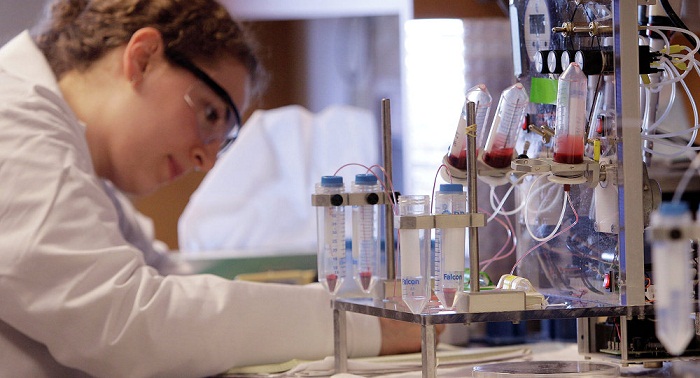Recently there has been a tendency to conduct tests with devices that use only tiny drops of blood. Those devices are especially useful in settings lacking the resources or training to draw blood in the normal way. In clinics located in remote areas there`s a demand for rapid tests to detect diseases like sickle-cell anemia, H.I.V or malaria.
Miniature collection vials are also helpful when it comes to patients who are afraid of needles.
But it turns out that a single drop of blood is not enough to achieve the same accuracy as a vena draw guarantees. The new study unveiled that different drops of our blood significantly vary on results for basic health measures such as hemoglobin, white blood cell counts and platelet counts.
According to Dr. Rebecca Richards-Kortum, director of Rice 360° Institute for Global Health, only by averaging the results of six to nine drops, were the scientists able to get results as accurate as those achieved by the traditional procedure.
"This information about the difference between different drops of blood hasn`t been out there. We think it is very important to consider this information," said Meaghan Bond, the Rice bioengineering student who worked on the study with Richards-Kortum.
Researchers also warned that squeezing or "milking" a subject`s fingers may invalidate results, and it is recommended to use long lancets instead.
The research was published in The American Journal of Clinical Pathology.
More about:
















































